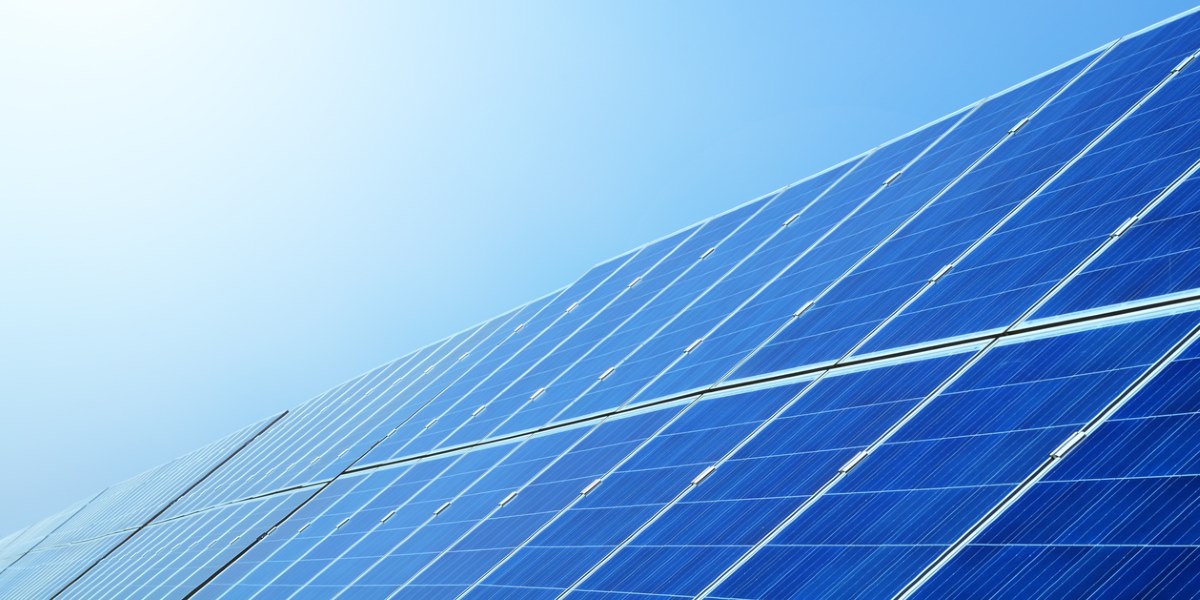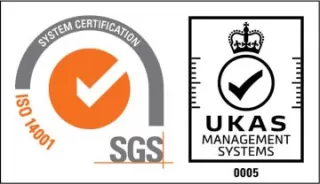
How much energy do solar panels produce for your home?
How much energy do solar panels produce for your home?
How do I calculate a solar panel’s output?
Because every solar panel system is different, it’s hard to say exactly how much electricity yours would generate.
There are also a few general benchmarks you can use to estimate your system’s potential output.
1. Solar panel output per day
Work out how much electricity—measured in kilowatt hours (kWh)—your panels would produce each day by using this formula:
Size of one solar panel (in square metres) x 1,000
That figure x Efficiency of one solar panel (percentage as a decimal)
That figure x Number of sun hours in your area each day
Divide by 1,000
Read more on efficiency below.
Example
- Panel is 1.6 square metres in size:
- 1.6 x 1,000 = 1,600
- Panel is 20% efficient:
- 1,600 x 0.2 = 320
- Your area gets 4.5 sun hours per day*:
- 320 x 4.5 = 1,440
- Divide by 1,000:
- 1,440 ÷ 1,000 = 1.44 kWh per day
*The number of sun hours varies greatly throughout the year (4.5 hours is an estimate for July), and will be much lower during winter months in particular.
2. Solar panel output per month
For a monthly total, calculate the daily figure then multiply it by 30:
- 1.44 x 30 = 43.2 kWh per month
3. Solar panel output per square metre
The most popular domestic solar panel system is 4 kW. This has 16 panels, with each one:
- around 1.6 square metres (m2) in size
- rated to produce roughly 265 watts (W) of power (in ideal conditions)
To work out the output per square metre, use this formula:
Number of panels x Capacity of solar panel system
Capacity ÷ Total size of system (number of panels x size of one panel)
Example
- 16 panels of 265 W each:
- 16 x 265 = a capacity of 4,240 kW
- Total size of the system (16 panels of 1.6 m2 each)
- 4,240 ÷ 6 = 165 W per m2
How many watts does a solar panel produce?
Most residential solar panels on the market today are rated to produce between 250 W and 400 W each.
Rated capacity is explained below.
How much electricity does a 1 kW solar panel system produce?
A 1 kW system of solar panels can generate around 850 kWh of electricity each year.
How effective are solar panels?
The following factors influence how much electricity your solar panels will generate:
Capacity
The maximum amount of electricity the system can produce under ideal conditions (known as ‘peak sun’).
Sometimes called ‘rated capacity’ or ‘rated output’, this is taken to be 1,000 watts (or 1 kW) of sunlight for every square metre of panel.
Most domestic solar panel systems have a capacity of between 1 kW and 4 kW.
Efficiency
How much sunlight solar panels can turn into electricity.
Because conditions for solar panels are never perfect, they will never be 100% efficient. In fact, most residential panels have an efficiency of around 20%. Panels with 40% to 50% efficiency are available, but tend to be prohibitively expensive.
It’s generally the case that higher efficiency solar panels cost more but use less roof space.
Materials
What a panel is made of can also affect its efficiency.
- Monocrystalline panels use higher-grade silicon, making them the most efficient in terms of output and space
- Polycrystalline panels are slightly less efficient but cheaper to buy
Your roof
Direction
The UK’s latitude—its point on Earth in relation to the equator—is 51 degrees north, meaning the sun is always south of your house and never goes directly over it.
This is why south-facing roofs get the best results, although solar panels will still work on roofs that face east or west.
Angle
A roof that’s tilted at an angle of around 30 degrees is said to give the best overall performance. To read more on how roof angle affects performance, click here.
Shade
Your roof must be free from shadows and obstacles (e.g. trees), as anything blocking the sunlight will make the panels less efficient.
Your location
Not all areas of the UK get the same amount of sunlight. The south of England is the sunniest part of the country, benefiting from high pressure and its effect on clearing cloud from the sky.
The amount of sunshine falls incrementally as you move inland and further north, which has a slight effect on how productive solar panels can be.
Can I store the electricity my panels generate?
Batteries for storing solar energy are now available in the UK. However, the technology is still fairly new and so these products can be quite expensive—although, as with solar panels, the cost is gradually coming down.
When you register your solar panels with the Government’s Feed-in Tariff (now closed to applications), you receive payments for electricity you produce but don’t use yourself. But because this payment is capped at 50%, it’s still in your interest to use as much of your electricity as possible—including storing it in a battery and using it as night.
Any battery you install must be compatible with your solar panels and have the correct voltage. Your solar panel installer will be able to tell you what kind of battery (if any) is best for you.
How do I check that my solar panels are working efficiently?
Your solar panels are connected to a control panel called an in-home display. This is a wireless device you can use to monitor whether your system is generating as much electricity as it should be.
If you’re concerned that your solar panels are underperforming, contact the installer or manufacturer. They can send out a professional technician to investigate.
We don’t recommend ever tampering with the solar panels, as this can damage the system and invalidate your warranty.






